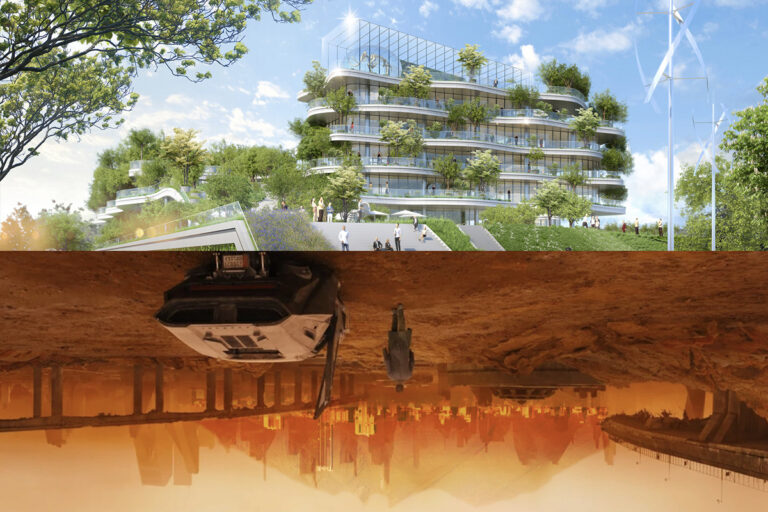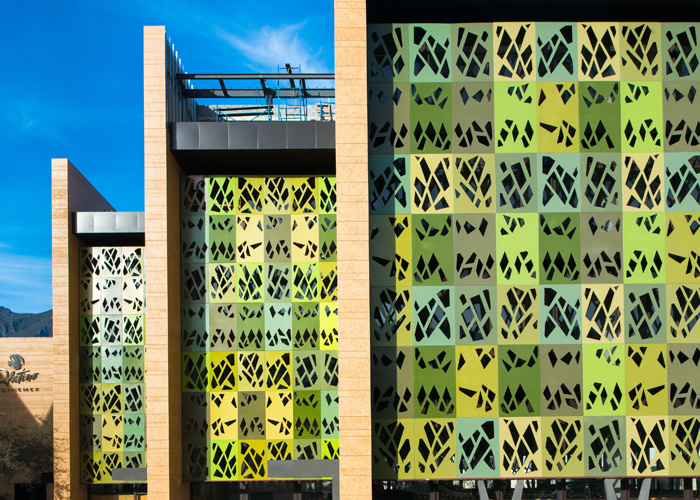


Building sustainably is a very important global issue. All media talk about the importance of building in a more sustainable way but when choosing materials for projects it is difficult because many options on the market are not the most suitable to comply with the issue of sustainability.
Building is complex, there are many needs and also many options available, the solutions available in the market cannot be compared with each other since their characteristics are not always the same, but an attribute to consider for comparison is their level of environmental impact both in the manufacturing process and if it provides energy benefits or if it can be partially or totally recycled when the product is removed. That is why it is important to analyze the life cycle of the materials we consider when planning projects.
On many occasions we get carried away by the investment price at the moment and the recommendations and classic ways of doing things, without opening ourselves to new alternatives that fulfill the desired function but are totally new and can even provide savings in the long term. The use of architectural metal in construction does not mean that we have found the black thread, but that we have identified how to use existing materials in a more humane way, with less environmental impact and a wide range of possibilities.
The C2C philosophy and the creators

Source: Google Images
The Cradle to Cradle (C2C) philosophy promotes in the construction industry the use of materials and products that are sustainable and preferably can be recycled in a circular manner, i.e. this product when recycled can be converted into a new product with properties equal to or better than those of its predecessor.
The creator of the “Cradle to Cradle” concept was architect William McDonough and chemist Michael Braungart. The main idea came in 2002 with the publication of their book Cradle to Cradle: Remaking the Way We Make Things. C2C assumes that materials, products, designs or buildings should completely follow the closed cradle-to-cradle cycle.
100% recyclable material

Source: Google Images
The metal thanks to its versatility and adaptability and that can be recycled 100% can be molded in different ways to create solutions for different needs that may have the current buildings, it can even be installed in existing projects such as the facade of a building to serve as a second skin protecting the building from the sun and this helps reduce energy consumption of the same. This becomes an investment for the future as it helps to reduce energy costs, maintenance is low or null depending on the metal chosen and when it is removed for any renovation this panel is recycled in its entirety to create new metallic solutions.
Let’s make a change

“Pueblo Serena” Mexico, Perforart façade with Lasion technology in aluminum painted by Astyl.
Pollution, global warming and other issues concern us all. Humans can fight or contribute to these issues from our trenches. From those involved in the construction industry can generate a great change.
In Astyl we have architectural solutions in metal for all types of projects. Our solutions are customized and we have a team of professionals that help us to optimize our efforts and products. We have high technology for the manufacture of panels and architectural metal solutions with low environmental impact and we promote sustainable building.
Author: Monica Pacheco Abbud.


